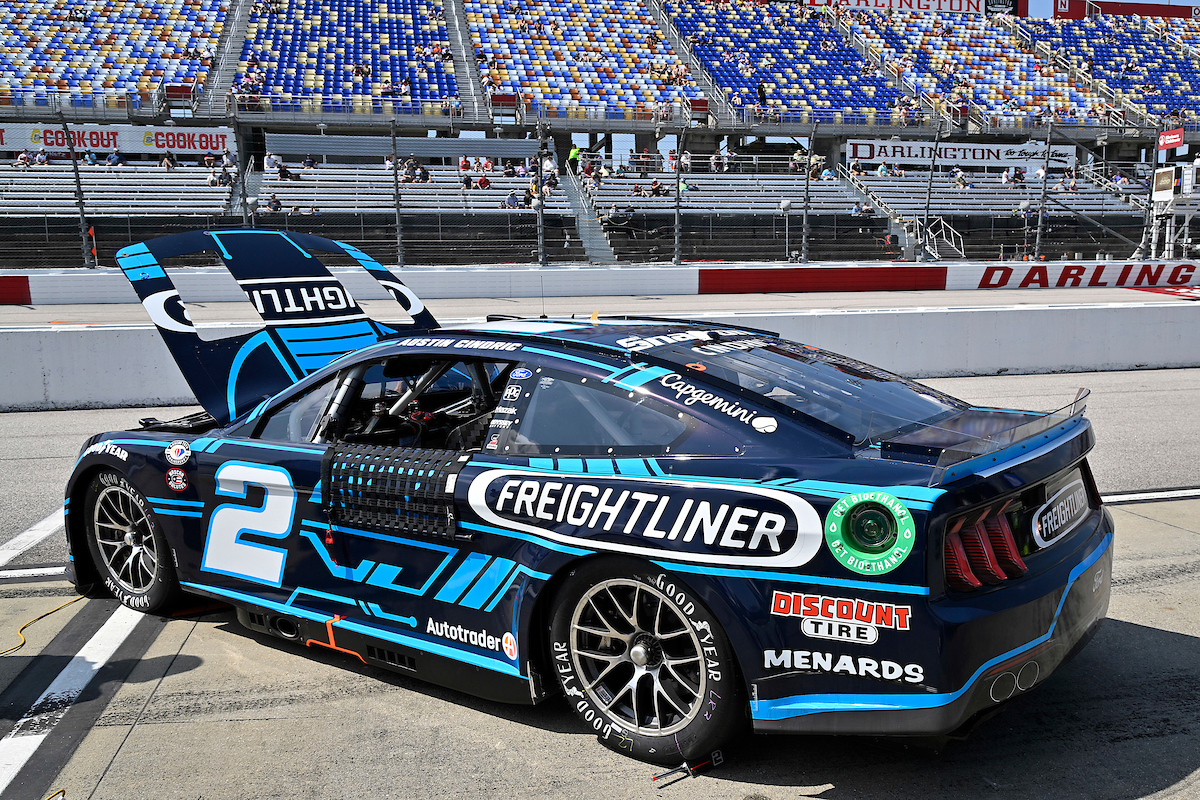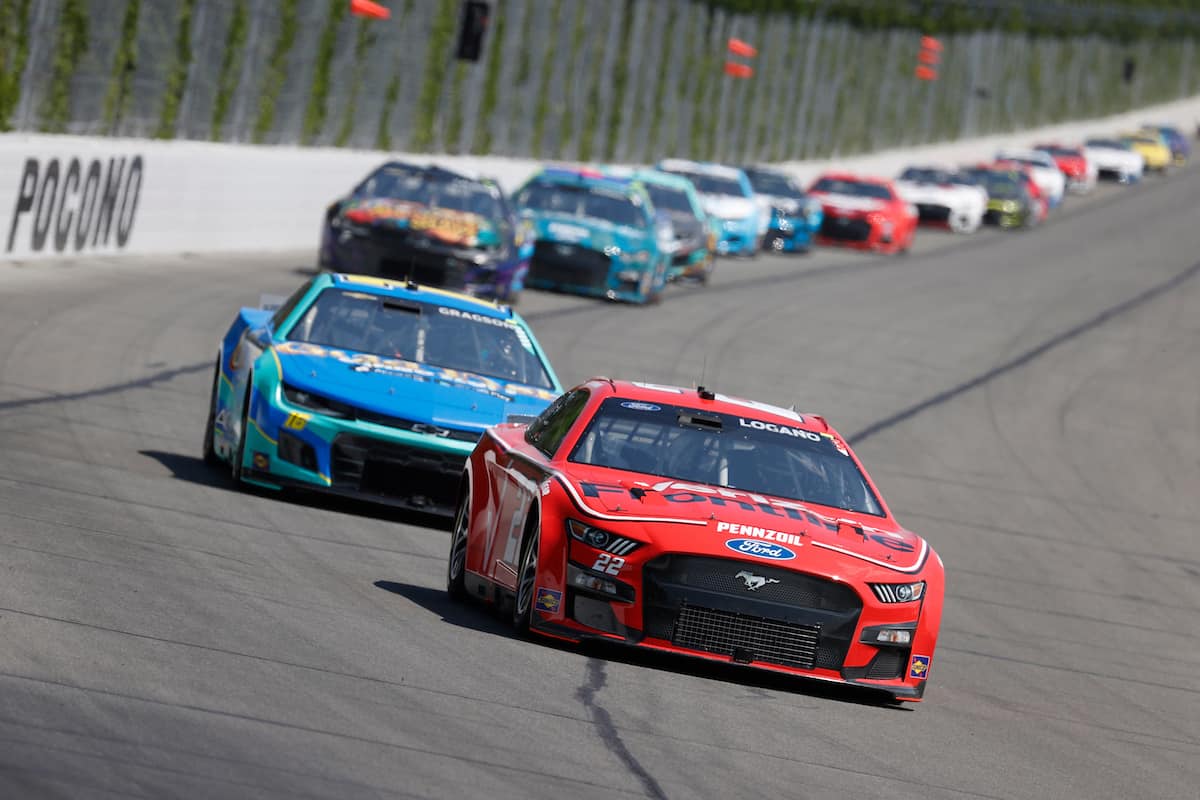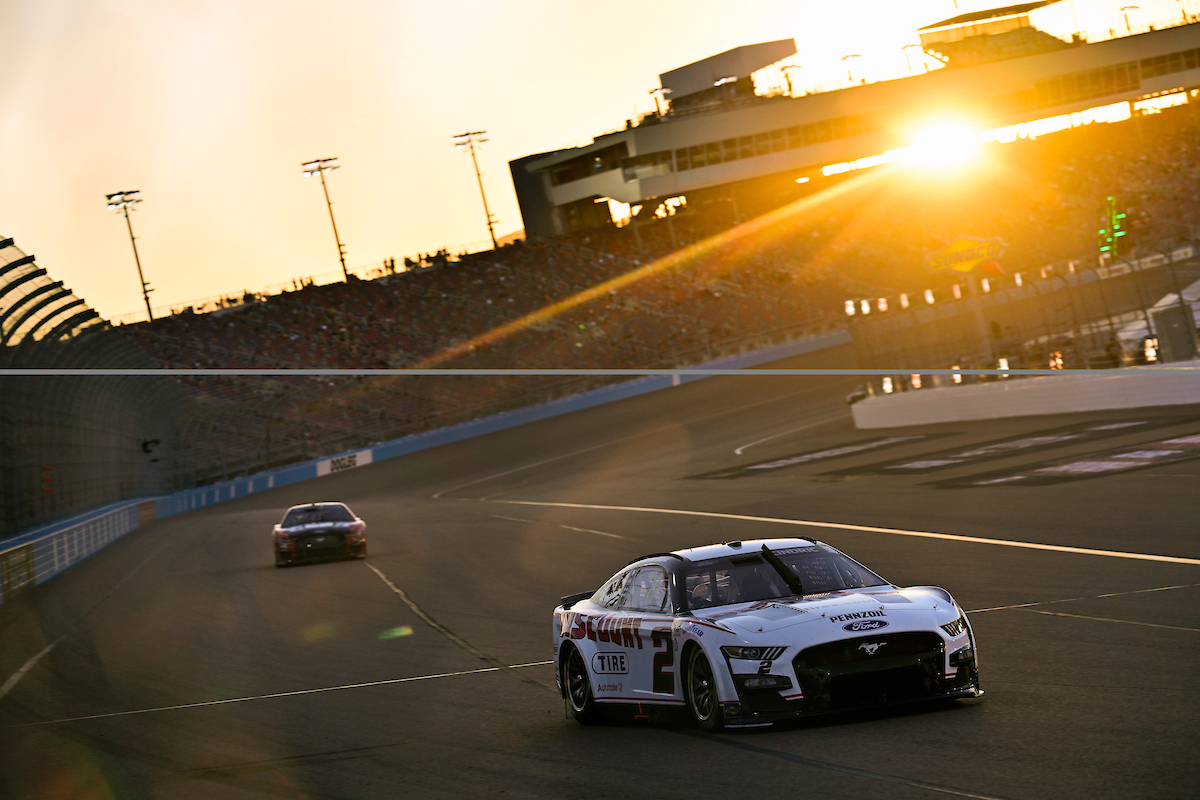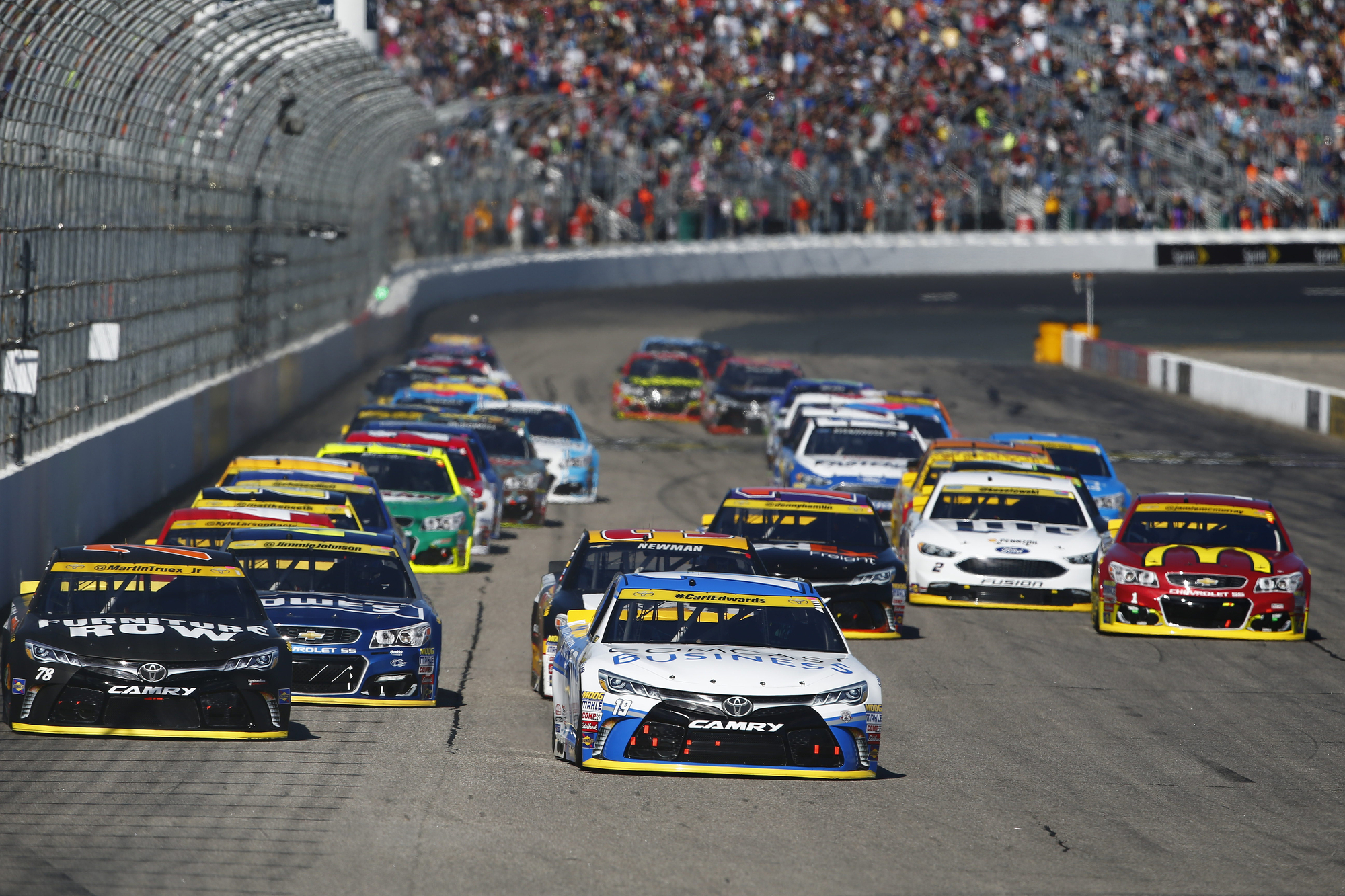Why Do NASCAR Cars Have Flaps on the Roof? Unpacking Aerodynamic Safety Features
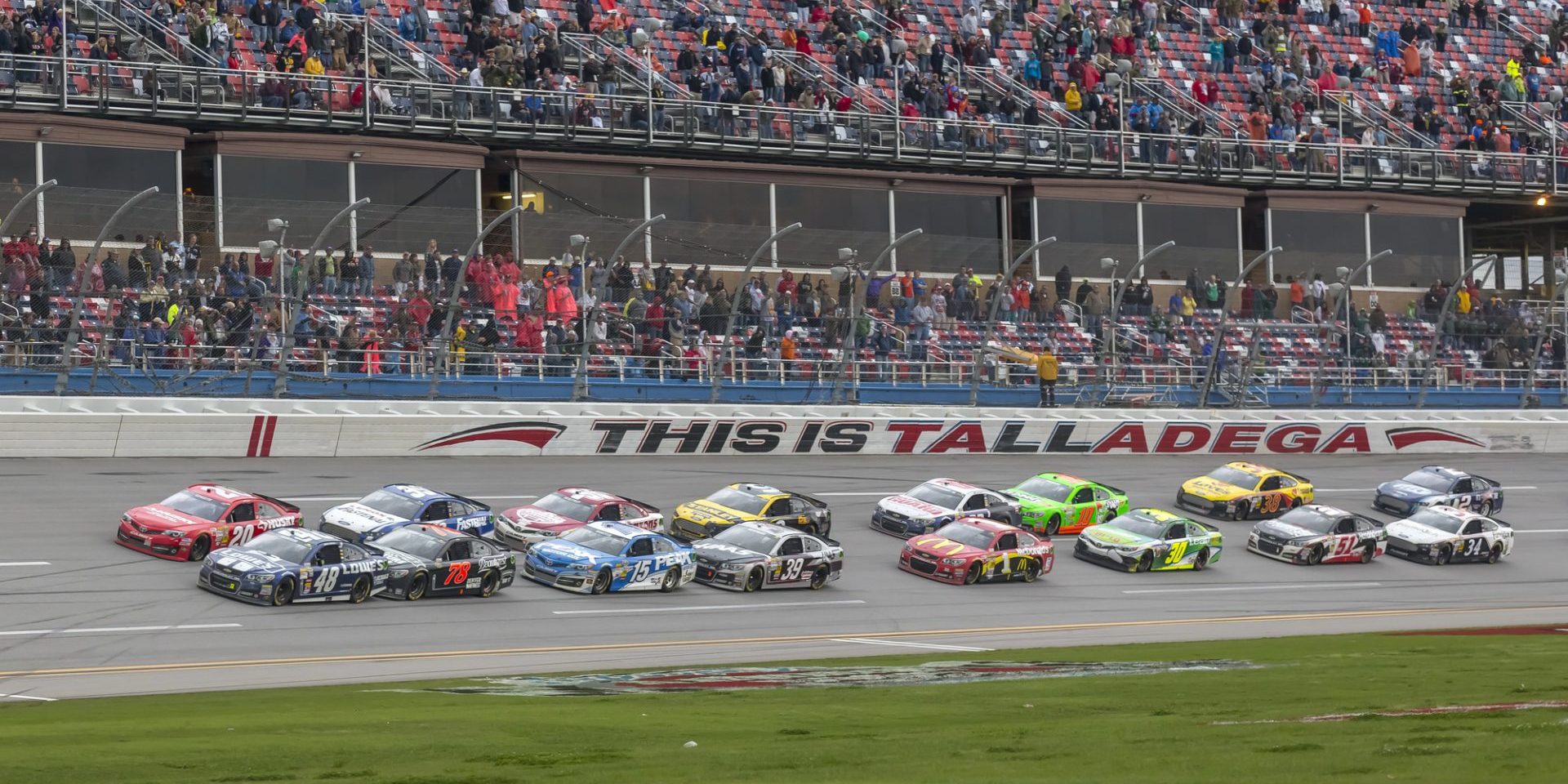
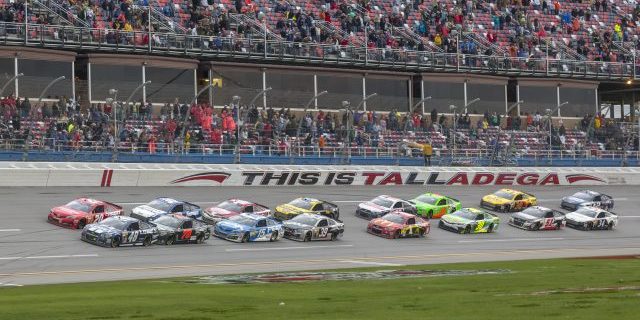
NASCAR vehicles are equipped with special safety mechanisms known as roof flaps. These devices are strategically placed on the roofs of race cars to prevent them from going airborne during high-speed spins or collisions. The roof flaps are designed to deploy automatically when a car is turned sideways, interrupting the airflow over the vehicle and thereby reducing the lift that can be generated by the car’s body shape when it is not aligned with the direction of travel.
The introduction of roof flaps in 1994 was a significant safety advancement in the sport. Prior to their implementation, cars were at risk of lifting off the track during accidents due to aerodynamic forces acting upon them. The flaps work by disrupting the airflow that can create lift when the car is traveling backward, acting as an emergency spoiler. They ensure the car remains grounded, reducing the likelihood of the car flipping over and providing a safer environment for both drivers and spectators.
Overall, the presence of roof flaps on NASCAR cars underscores the sport’s continuous commitment to safety. Through these innovations, NASCAR has managed to enhance driver protection within the high-speed, competitive nature of stock car racing. The flaps are a key component in preserving the delicate balance between maintaining high performance and ensuring the wellbeing of participants in the sport.
Table of Contents
History of Roof Flaps in NASCAR
NASCAR implemented roof flaps to enhance safety by preventing cars from lifting off the ground during high-speed spins. This section details the development of this safety feature.
Evolution From Early Designs
In the early 1990s, concerns over cars becoming airborne during accidents led to research and development aimed at improving safety. High-speed crashes, notably those involving drivers Rusty Wallace and Dale Earnhardt, showcased the dangers of vehicles lifting off the racetrack. By 1994, NASCAR, with the help of industry experts such as Jack Roush and input from respected figures like Richard Petty, mandated the use of roof flaps.
These flaps were strategically designed to deploy during a spin to disrupt airflow and reduce lift, effectively keeping the car grounded. Johnny Benson’s car was among the first to be equipped with the new design during an on-track test. The results demonstrated a significant improvement in vehicle stability during spins.
- Initial Problems: Early iterations of the roof flap design faced challenges, including inconsistent deployment.
- Refinements: Through trial and error, the design evolved, leading to today’s more reliable and effective system.
- Current Design: The modern roof flap system usually consists of two flaps positioned close to the vehicle’s rear, deploying when necessary to counteract aerodynamic forces.
The systematic approach to the implementation and continuous enhancement of roof flaps displays NASCAR’s commitment to driver safety. These developments have played a key role in reducing the number of cars going airborne, thereby protecting drivers, spectators, and track personnel.
Design and Functionality
NASCAR roof flaps are designed to prevent cars from becoming airborne during high-speed spins. These flaps deploy under specific conditions to disrupt airflow and mitigate lift.
Aerodynamic Principles
When a NASCAR car travels at high speeds, airflow over the vehicle creates a force that can lead to lift, much like an airplane wing. NASCAR vehicles are designed with aerodynamics in mind, including features like aerofoil shapes that generate downforce to keep the car glued to the track. This force effectively increases tire traction but can be counterproductive if the car spins and the airflow direction reverses. Roof flaps are engineered to intervene by disrupting this unwanted lift.
Mechanism of Deployment
The flaps on the roof of a NASCAR car are usually kept flat and are integrated into the car’s design. They deploy automatically when sensors detect conditions that might lead to the car lifting off the ground. Upon deployment, these flaps disrupt the airflow, reducing the lift force acting on the vehicle.
- Activation: Takes place when the car spins or goes backward at high speeds.
- Size: Typically measure 12×8 inches (30×20 cm).
- Location: Situated on the roof, poised to deploy when needed.
- Result: The disrupted airflow decreases the potential for the car to leave the track surface.
This system ensures that the wings (roof flaps) spoil the airflow during a spin, countering the effect of airfoil lift, and aids in keeping the car’s downforce effective.
Safety Improvements
In NASCAR, ensuring driver safety is a continuous process, where every element of the car is designed to provide maximum protection during a crash. Roof flaps on NASCAR race cars are a significant safety feature aimed at preventing serious accidents.
Preventing Airborne Crashes
Roof flaps on NASCAR vehicles serve as a safety measure to counteract the dangerous low-pressure zone that forms above a car when it spins out at high speeds. By disrupting the air flow, these flaps reduce the likelihood that a vehicle will become airborne during a crash. Introduced in 1994, these devices activate automatically when a car begins to spin, creating high pressure over the car and keeping it grounded.
Reduction of On-Track Debris
When considering the effects of crashes, one significant factor is the debris that can scatter across the track, posing additional risks to other drivers. The roof flaps are designed to stay attached to the car, even when deployed, ensuring that the number of debris pieces is kept to a minimum during a spinout or collision. This not only protects the drivers behind the crashed car but also aids in the quick clearance of the track, ensuring the safety of the race continuing.
Regulatory and Technological Developments
NASCAR’s continuous commitment to safety has led to specific regulatory measures and technological innovations in race car design.
Mandatory Specifications
Regulations set by NASCAR have made roof flaps mandatory safety features on all stock cars. These flaps are integral in reducing aerodynamic lift when cars spin out during high-speed races. This safety measure helps in keeping the car grounded. The introduction of these flaps was a direct response to instances of cars taking flight, which were especially prevalent before the mid-1990s. The specifications for these flaps have evolved with different car generations, seeing significant modifications with the Car of Tomorrow and later, the Generation 6 models.
Advancements in the Next Gen Car
The Next Gen car, the latest in NASCAR’s technological evolution, maintains the tradition of roof flaps but with enhancements that further improve safety. The roof flaps are connected via a cable to a diffuser flap, thus becoming an example of NASCAR’s advancements in preventing excessive turbulence and associated risks. This is part of the aerodynamic design that seeks to overcome challenges posed by high speeds and the need for stability when cars approach restrictor plate speeds.
Comparison to Other Vehicles
Roof flaps on NASCAR cars are safety features specifically designed for the high-speed, high-risk environment of motorsport racing. These devices are not found on conventional street cars and vary across different NASCAR series.
Street Cars Versus Race Cars
In terms of roof flaps, race cars and street cars serve different functions and therefore have differing safety features. Street cars lack roof flaps because they are designed for everyday use where such high-speed aerodynamic incidents that could cause a car to lift off are incredibly unlikely. Conversely, race cars, particularly those in NASCAR series, are equipped with roof flaps to prevent the vehicle from going airborne during high-speed spins, offering a critical safety measure in a sport where speeds can exceed 200 mph.
Variations Across NASCAR Series
Within NASCAR, variations of roof flaps are seen in the Cup series, Xfinity series, and Truck series. These differences are tailored to the unique characteristics of each series’ vehicles. The Cup series cars employ larger flaps compared to earlier generations, a change made to improve their effectiveness in keeping the car grounded. The Xfinity series, which features cars similar to the Cup series but with some differences, also uses roof flaps adapted to its vehicles. Likewise, the Truck series trucks, distinct with their truck-like body style, have their own version of roof flaps designed to accommodate their unique aerodynamic profile. Each series’ flaps operate under the same principle but are specific to the aerodynamic demands of the various vehicle designs.







